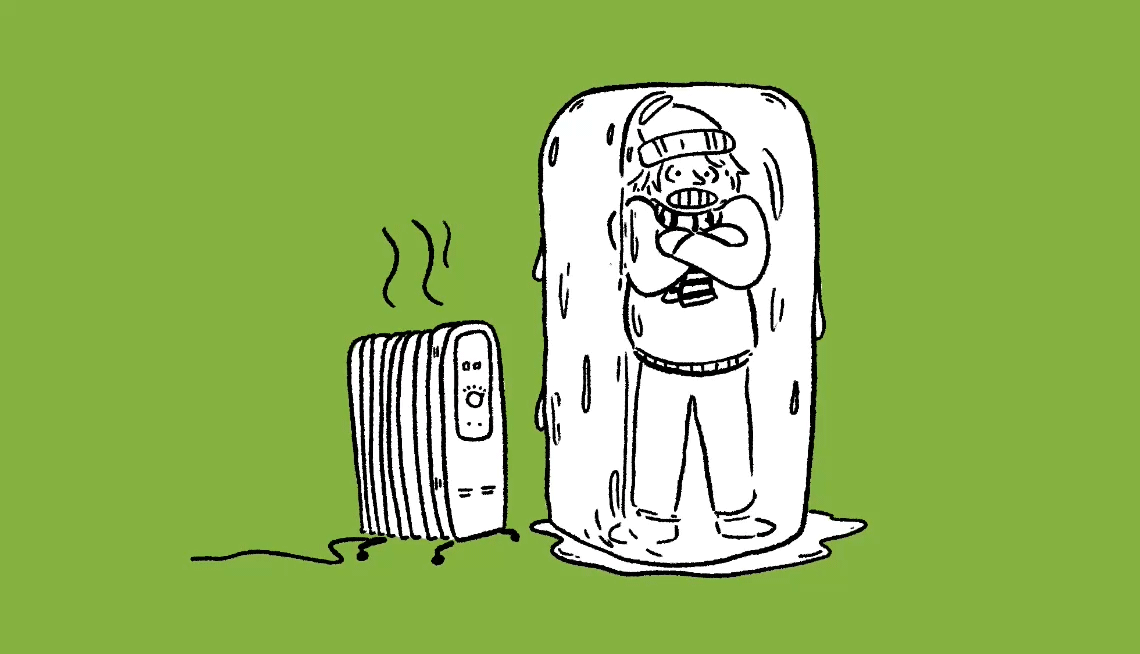AARP Hearing Center


Why am I always so cold?
It’s no fun to be cold, but as we age, we’re more likely to feel chilled to the bone. Several reasons can explain why. Let’s go over what they are and then look at ways to stay toasty.
First, as we get older, our metabolism slows down. What does this have to do with being cold? As we burn calories, our bodies generate heat. If our metabolism isn’t running on full blast, we’ll feel colder. Women in general have slower metabolic rates, and that’s the reason they’ll be more likely to turn up the heat in the house.
Secondly, have you noticed that your hands look veiny? It’s because the fat layers under the skin start to thin as we age. Although it’s the same process that causes wrinkles, it’s more than just a cosmetic issue. When it comes to the cold, those layers of fat are insulation that works to conserve our body’s heat. The thinner the layer of fat gets, the colder you may feel.


Ask Dr. Adam
Adam B. Rosenbluth, M.D., is an internist and cardiologist in New York City. Each Monday, he’ll weigh in on your questions about how to make your body work better for you. His AARP book will be published in 2027. Join in on the conversation on social media @dradamrosenbluth to learn to move the needle on your personal health in an achievable way.
Speaking of hands, you’ll probably agree that your hands and feet feel the coldest. As we age, our blood vessels lose their elasticity, which reduces the ease of blood flow, especially to our extremities. You may develop a condition called Raynaud’s, which causes the skin in your fingers to turn from white to blue to red.
Moving our bodies keeps us warmer; that’s why you’ll see people on a very cold day hopping from one foot to the next. But who moves faster? A 55-year-old or an 85-year-old? The mere fact that older folks generally can’t move as quickly means they’re going to get colder, faster.
Some medical conditions can also contribute to our body’s temperature dropping, such as diabetes, low thyroid (called hypothyroidism), and certain types of heart disease.
For example, anemia is a condition that can cause you to feel cold. If you’re diagnosed with anemia, it means you’re not making enough blood. The most common reason for this is that you have either an iron or B12 deficiency. You can correct these low levels with supplements or an iron-rich diet that includes foods such as red meat and liver, beans, legumes and dark green leafy vegetables. Sardines, eggs, salmon and nutritional yeast are also quite high in B12.


































































You Might Also Like
Why Extreme Cold is Dangerous for Older Adults
Low temps pose unique risks for many aging individuals. Here's why
Chill Factor: Conditions Made Worse by Cold Weather
How to cope when the temperatures drop
6 Moves to Keep You Fit This Winter
Try these to stay strong and healthy in the colder months